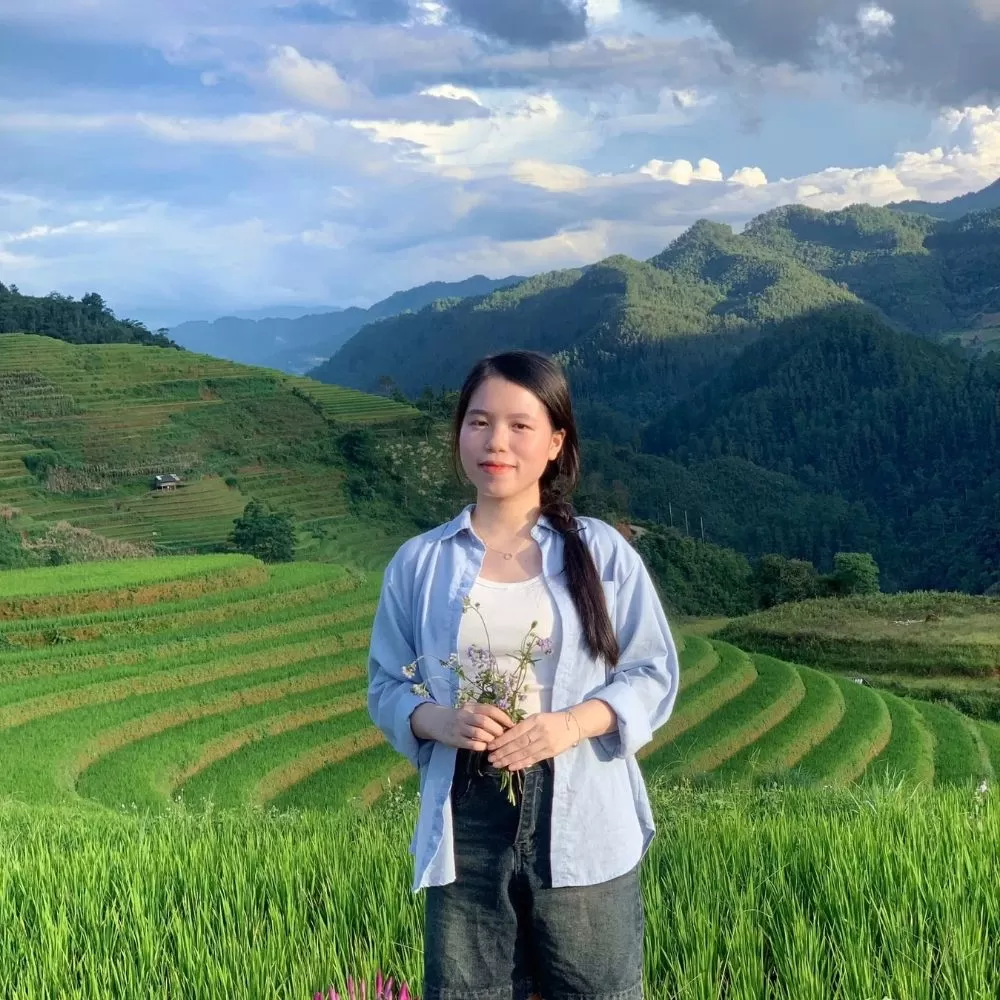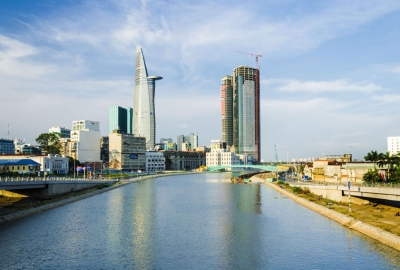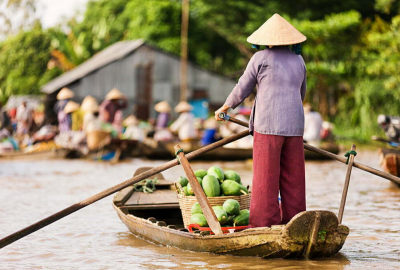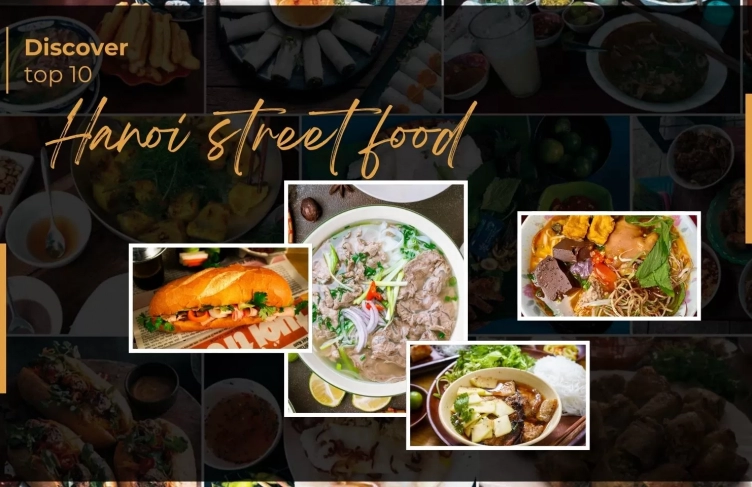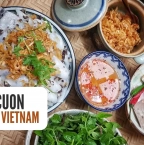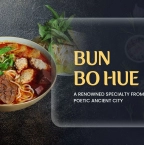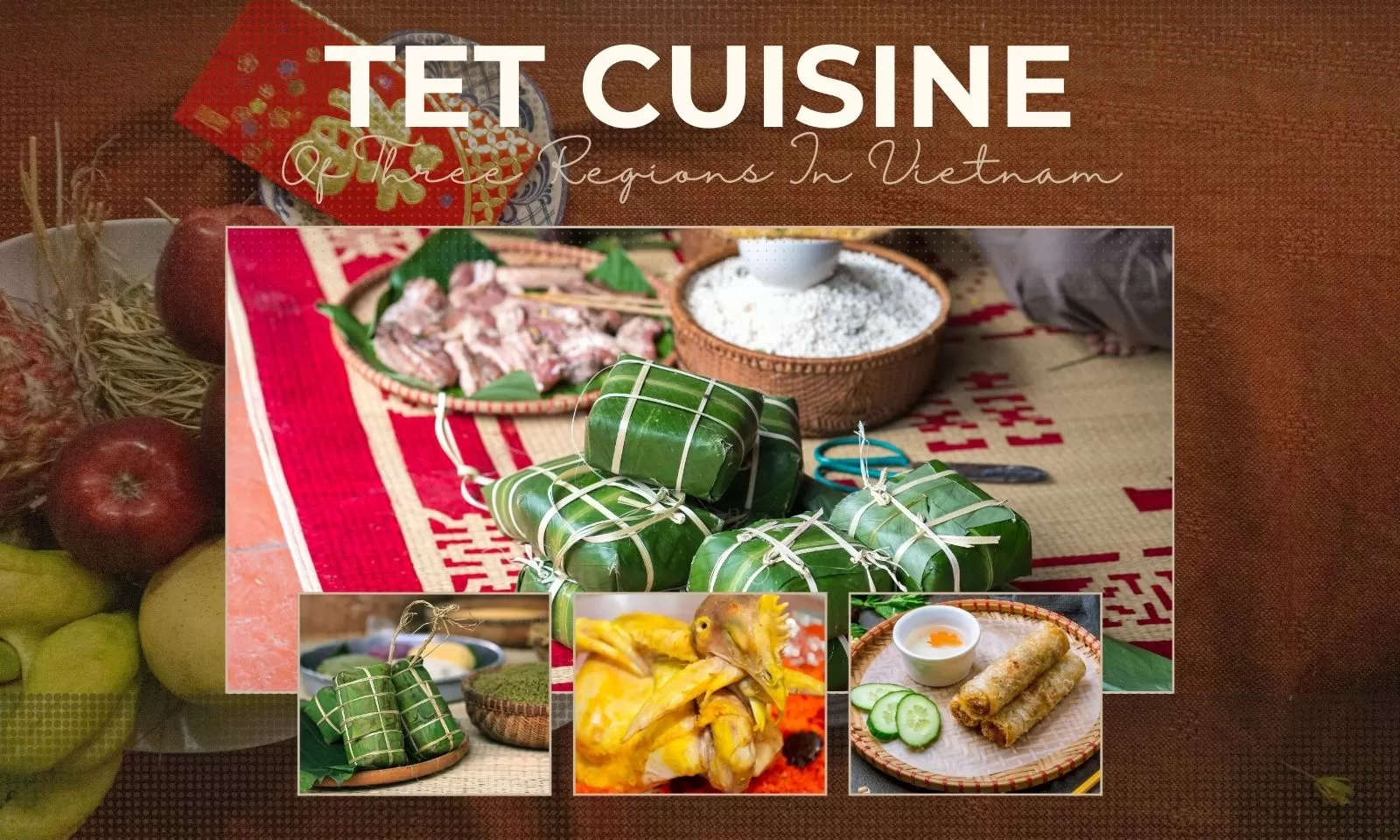
Top 15 indispensable best Tet cuisine of three regions in Vietnam

Vietnam has a special occasion, also known as Tet holiday, when people unite and gather after a year of hard work, so Tet cuisines partly represent prosperity and happiness, along with the wish for a new year full of health and happiness and success. That’s why the Tet feast is always meticulously and sumptuously prepared.
From the elaborate, formalized feasts like banh chung, spring rolls, gac sticky rice of the north to the long-standing and sophisticated as nem chua, tre, beef roll of central feasts, or the diversity and generosity of southern feasts expressed through dishes such as braised meat, banh tet, lap xuong. The article below will introduce to you traditional typical Tet cuisines in the three regions, let’s refer to them.
Table of Contents
Vietnam Tet holiday: Discover Tet cuisine of three regions
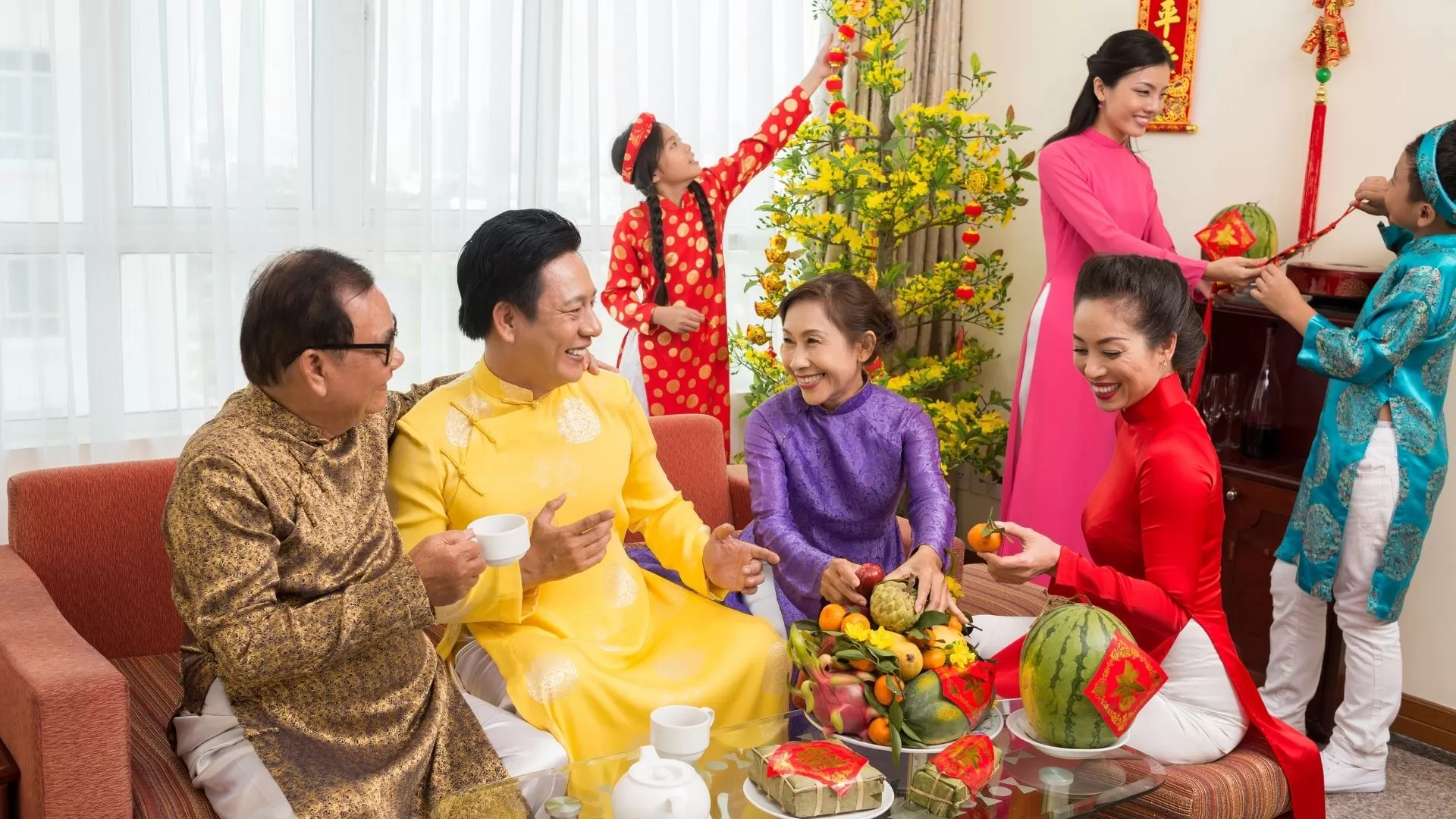
Tet, or Lunar New Year, is celebrated in late January or February, marking the arrival of spring and a fresh start for Vietnamese families. It is the most important festival of the year, filled with family reunions, ancestral worship, and vibrant traditions. During this time, Tet cuisine becomes the heart of every celebration, with each region of Vietnam offering unique dishes that symbolize luck, prosperity, and happiness.
In the North, dishes like banh Chung, pickled onions, and pork roll symbolize prosperity and family unity.
In the Central region, specialties such as banh Tet, tre, and beef roll showcase bold flavors and festive spirit.
In the South, braised pork with eggs, coconut jam, and colorful five-fruit trays highlight abundance and sweetness for the new year.
Exploring the diverse Tet cuisines of Vietnam is not only about tasting delicious food but also about experiencing the essence of Vietnamese culture during the Lunar New Year.
Best Tet cuisine in the North
The Tet cuisine in the North is strictly followed by the rule: 4 bowls and 4 plates (not including dipping sauce, pickled onions and sticky rice) symbolizing the four pillars (4 seasons, 4 directions). For wealthier families, they prepare more (4 bowls and 6 plates or 8 bowls and 8 plates), sometimes large trays have to be arranged 2 or 3 floors high.
Banh chung
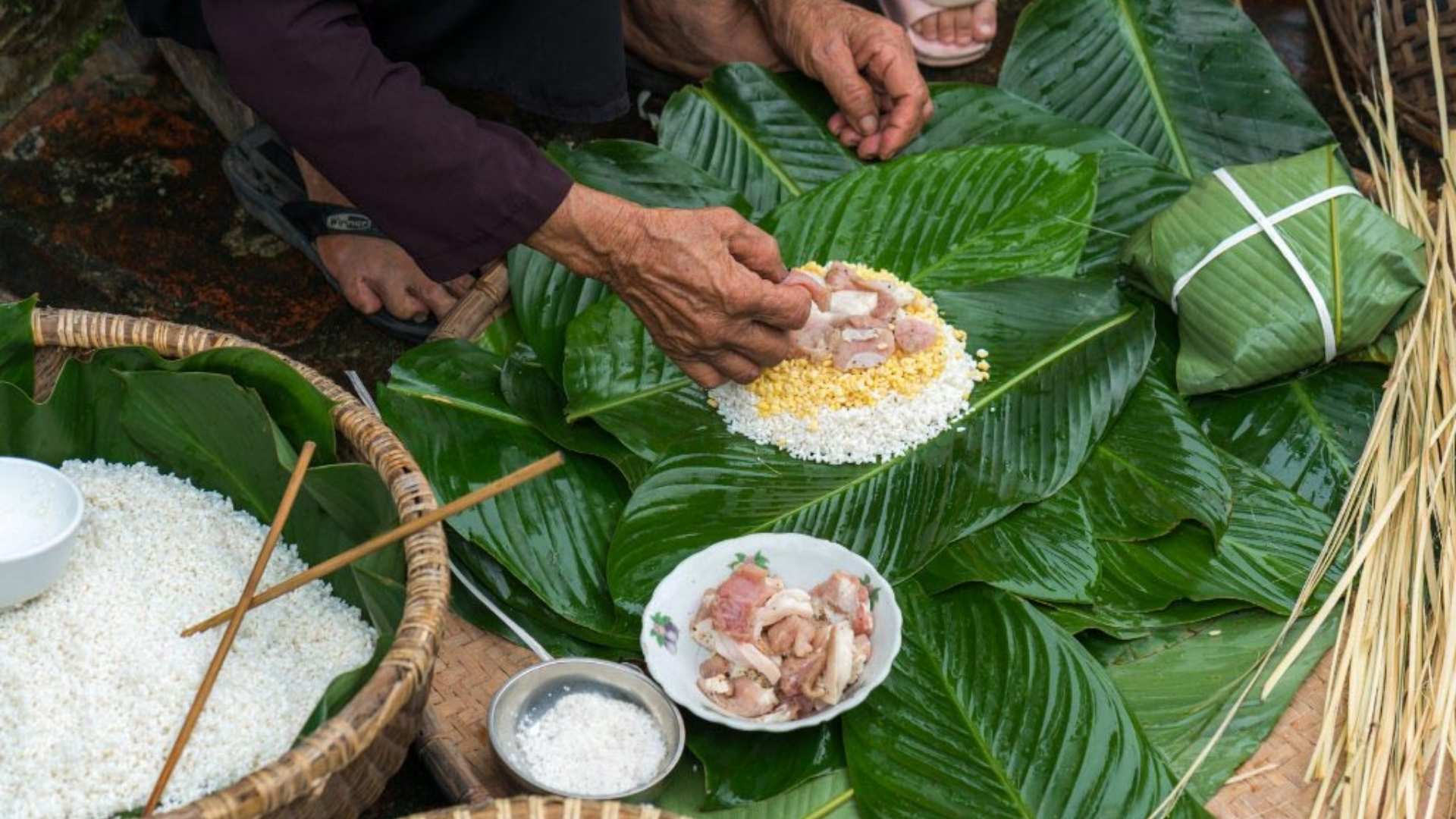
Making banh Chung is one of the Tet holiday activities you simply can’t miss. As an indispensable Tet cuisine in Northern Vietnam, banh Chung brings together fragrant sticky rice, sweet green beans, fatty pork, and a hint of pepper to create a unique and unmistakable Tet flavor.
More than just a dish, banh Chung is displayed on every Tet tray as a symbol of family tradition. It’s also a meaningful gift that many people choose to present to friends and relatives during the festive season.
Gac sticky rice
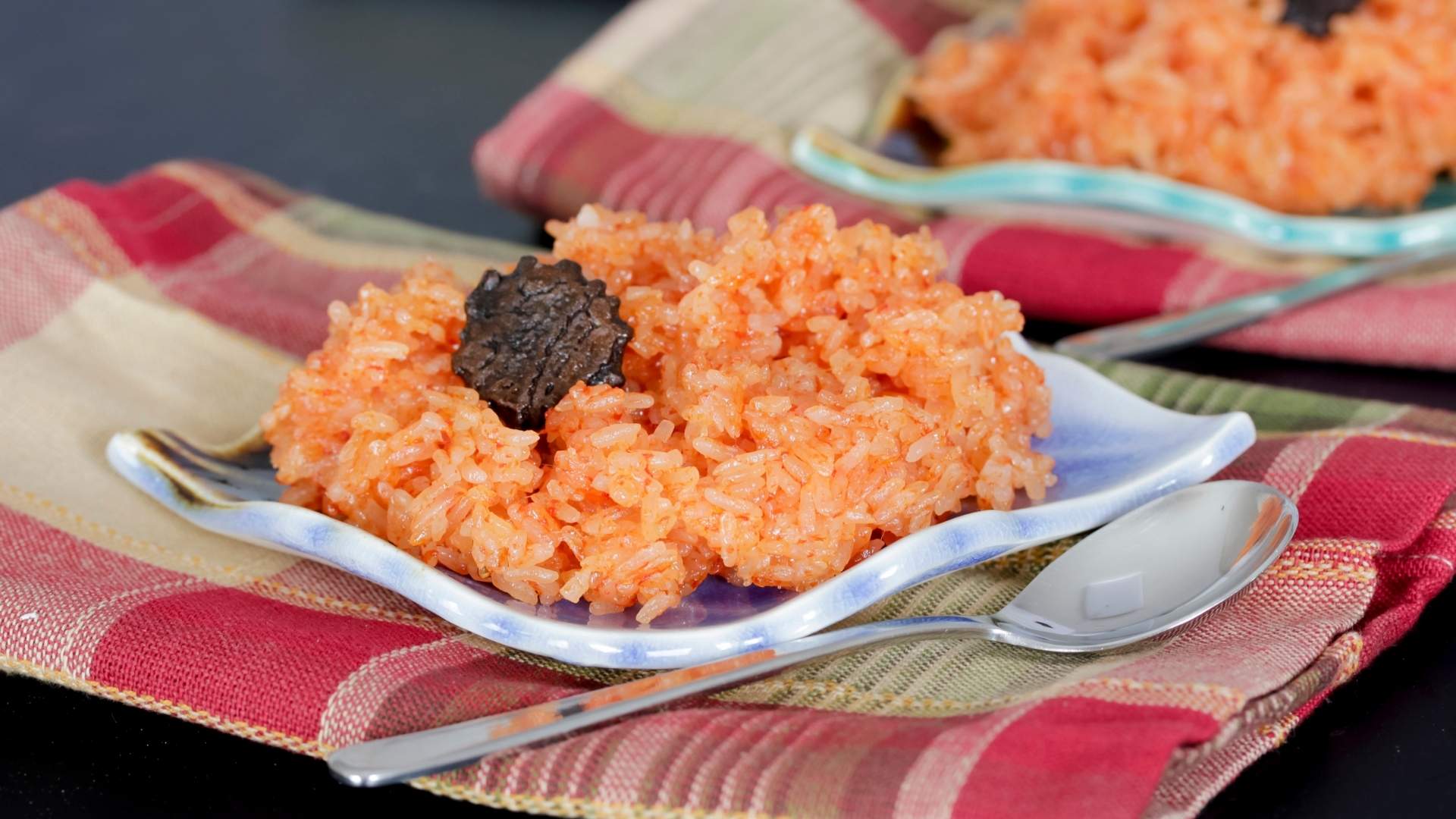
Gac sticky rice is a beloved Tet cuisine, made from fragrant sticky rice mixed with fresh gac fruit and steamed to perfection. Its bright red color symbolizes luck and prosperity, making it one of the most eye-catching dishes on the Tet table. The sticky texture of the rice, combined with the sweetness of sugar and the richness of coconut milk, creates a delightful flavor that never fails to impress.
Boiled chicken
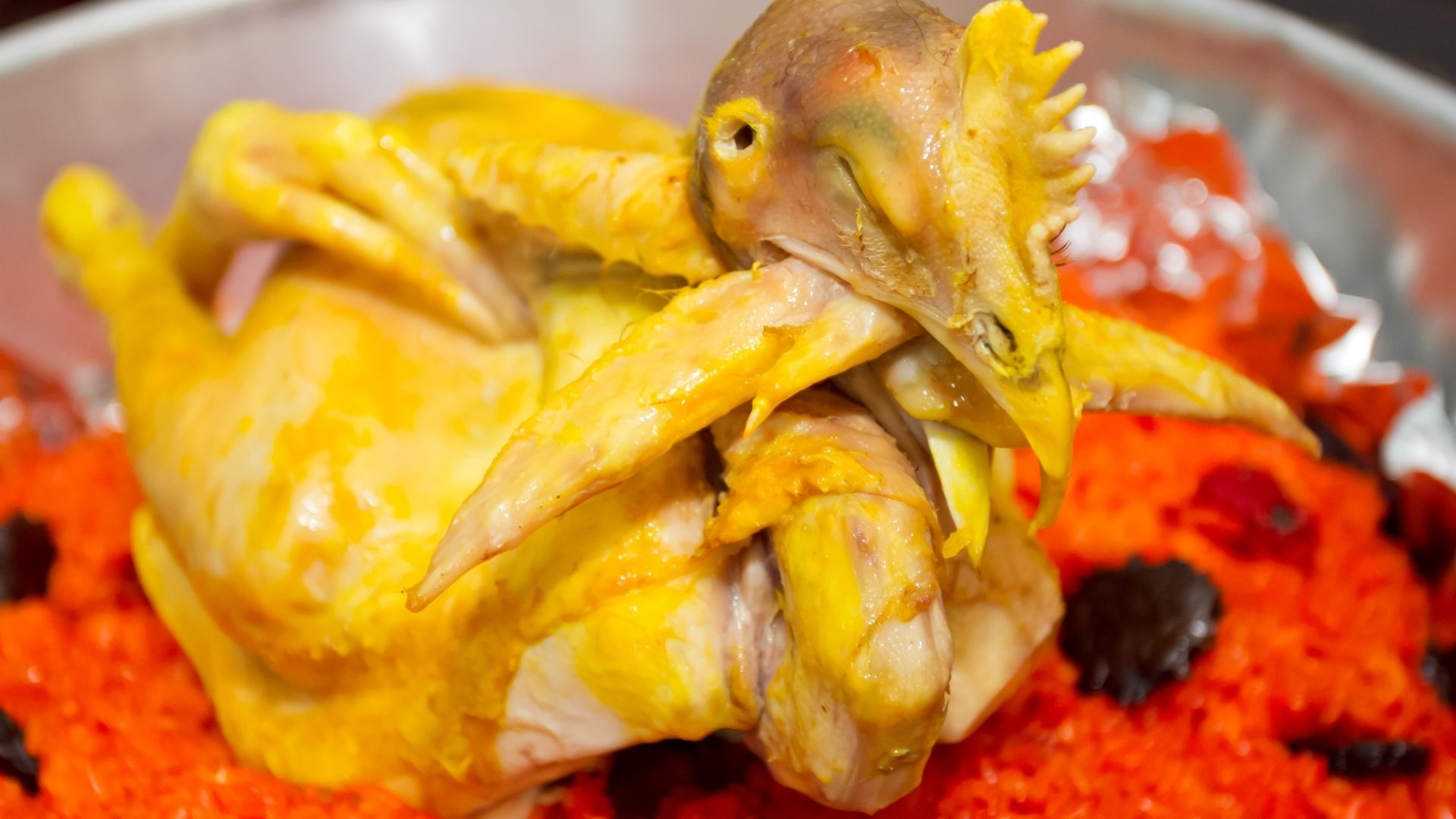
It can be said that not only is it a typical Tet cuisine in the North, but also weddings and celebrations cannot do without boiled chicken. After being boiled, the chicken is not only fragrant but the meat is sweet, eaten with lime leaves and dipped in lemon and chili salt is delicious.
Vietnamese pork roll
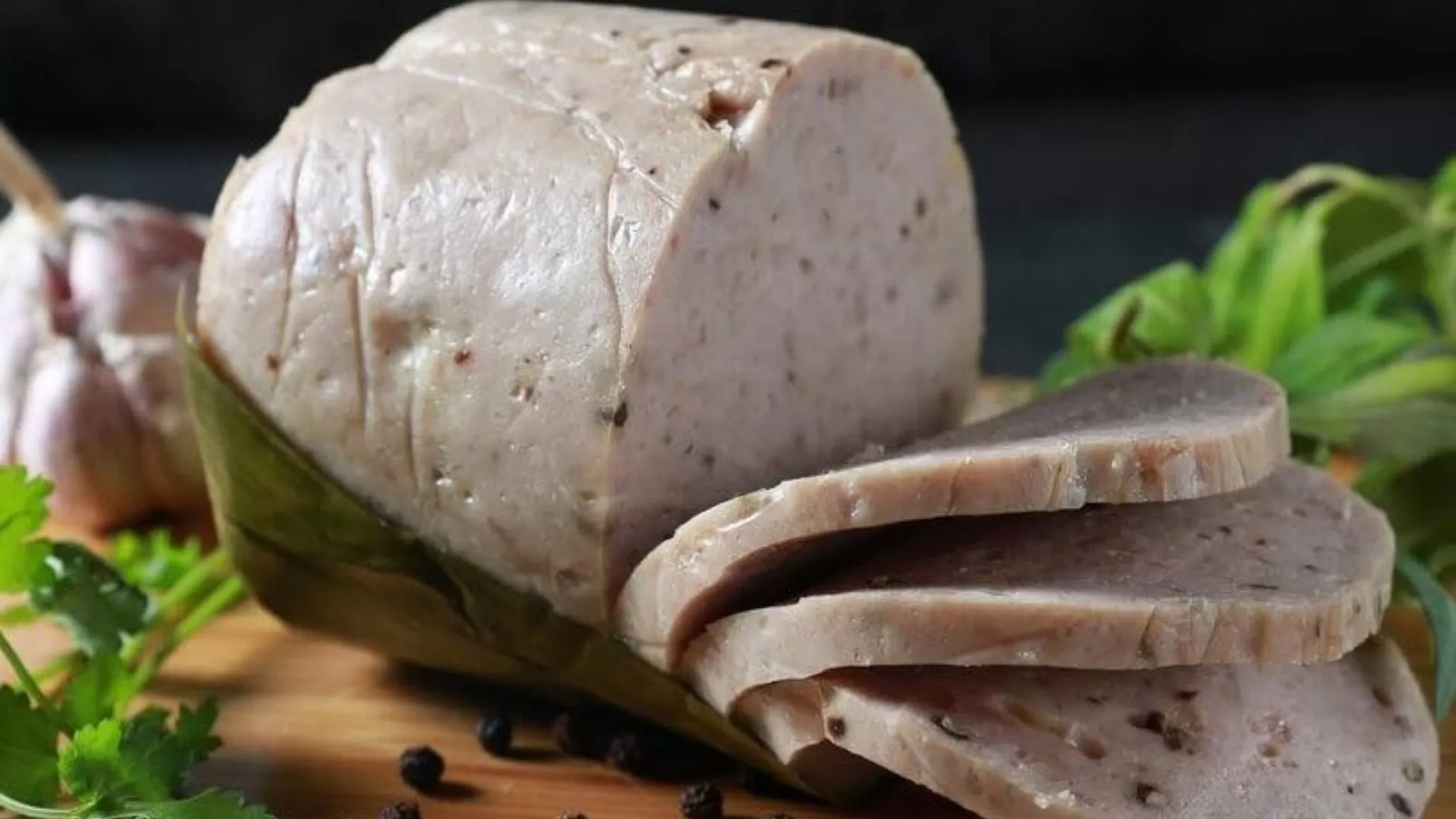
Pork roll is a traditional Tet cuisine in Northern Vietnam, an essential dish on family feast tables during the Lunar New Year. Beyond its rich flavor, it carries a symbolic meaning of “good fortune fills the house,” making it an integral part of Vietnamese culinary heritage.
Crafted from fresh pork pounded in a stone mortar, wrapped in banana leaves into a neat cylindrical shape, and then boiled, pork roll delivers a fragrant, crispy, and delicious taste. Not only does it enrich every Tet meal, but it is also a meaningful gift to share with friends and relatives.
Fried spring rolls
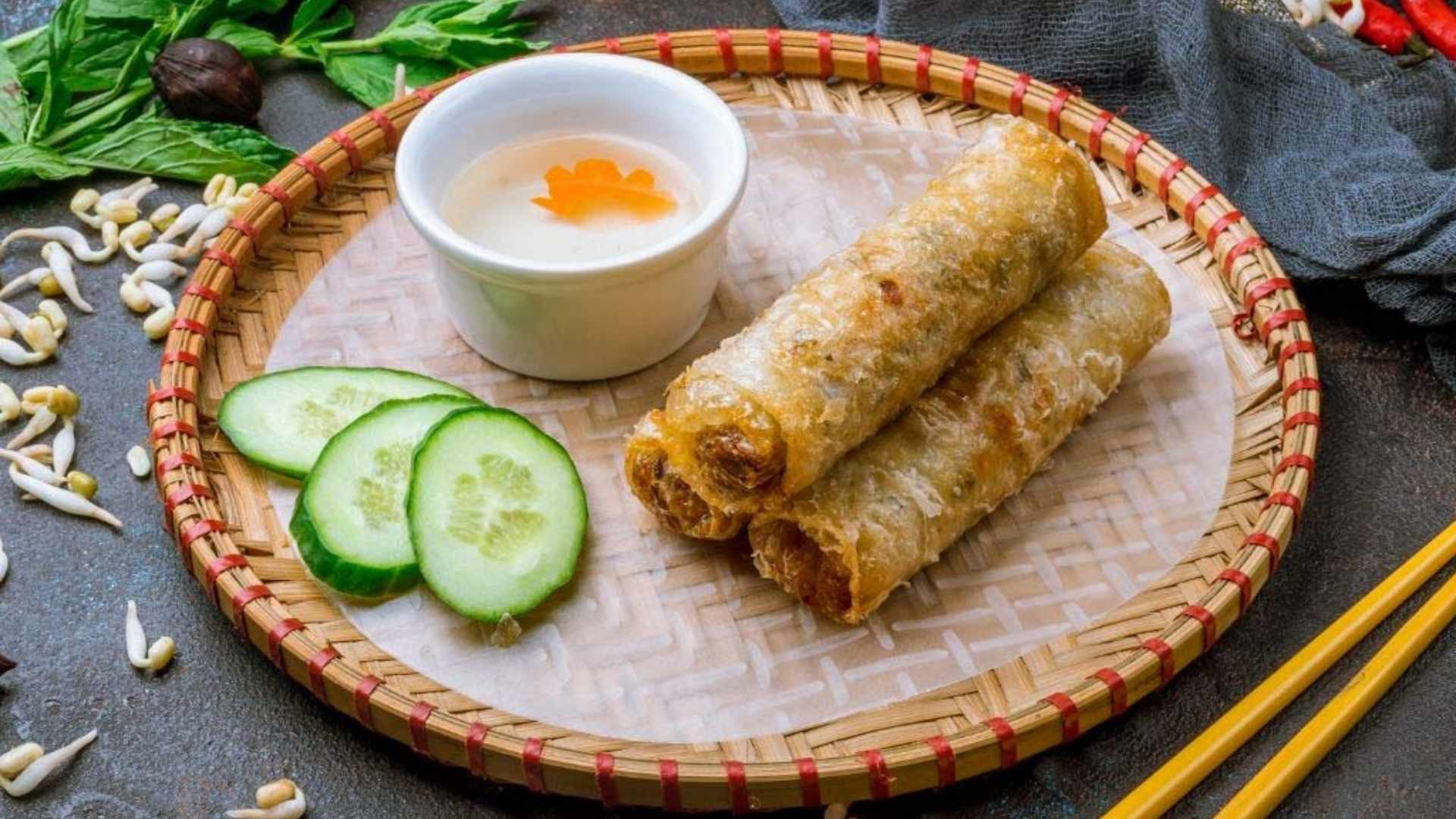
In the typical Tet cuisines of the North, there are always fried spring rolls that appear in every family feast. Pork belly, vermicelli, onions, kohlrabi, carrots and wood ear mushrooms are rolled in rice paper and then fried twice in hot boiling oil until golden and crispy. Fried spring rolls served with chili garlic and lemon fish sauce have become a favorite cuisine of many people.
A Northern Vietnam tour takes you through Hanoi’s bustling Old Quarter, the majestic mountains of Sapa, the emerald waters of Halong Bay, and ancient villages rich in culture. Perfect for travelers seeking authentic experiences and the vibrant charm of Northern Vietnam during Tet
 | 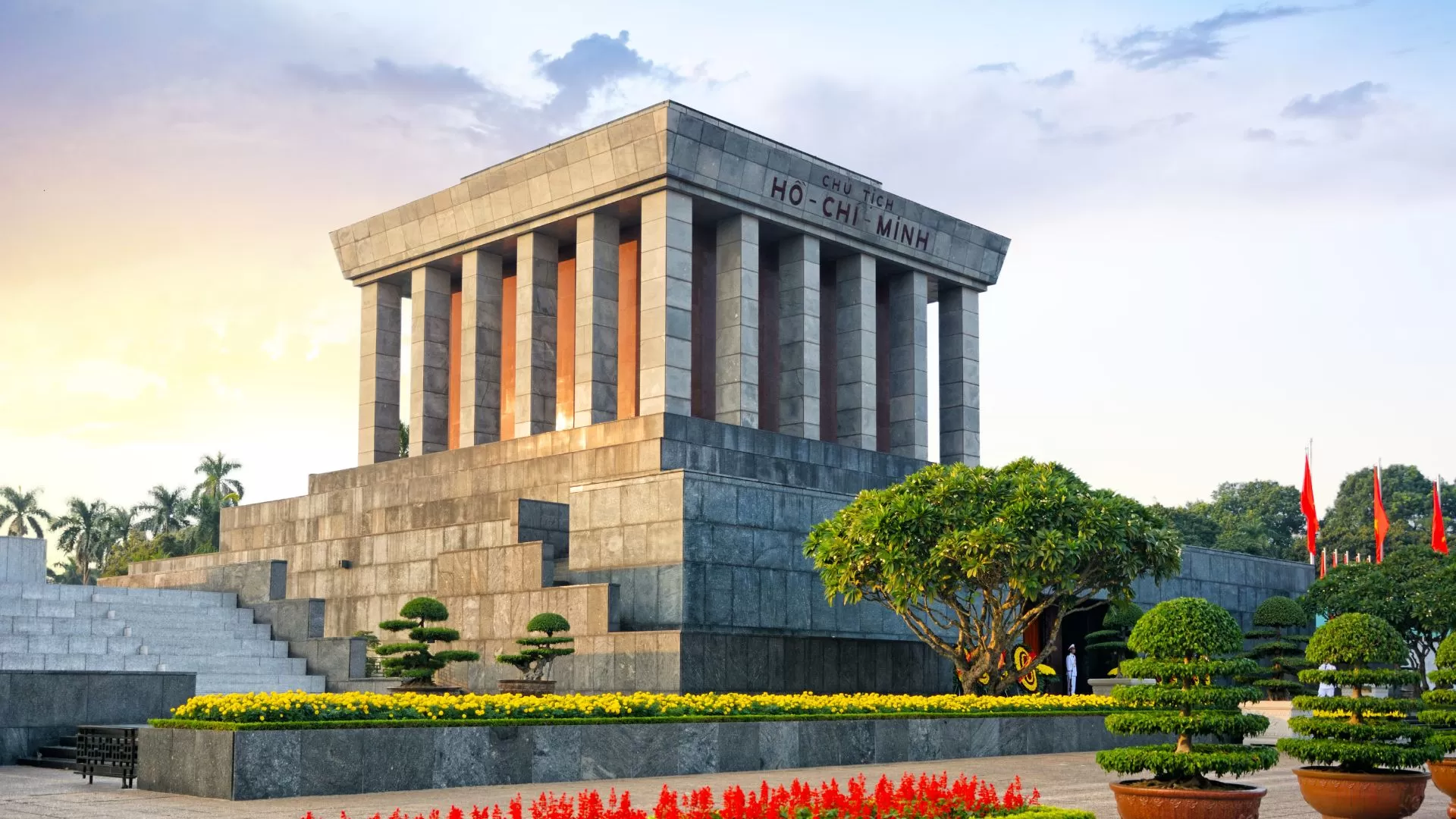 |  |
Explore the serene beauty of Pu Luong, Ninh Binh, and Ha Long Bay on an adventure through stunning landscapes | Luxury North Vietnam tour 12 days Featuring a seaplane ride over stunning Halong Bay and luxurious regional experiences | Unveil the beauty of Northern Vietnam in every step: explore majestic mountains, rice terraces, and ethnic cultures |
Best Tet cuisine in the Central
The central region has harsh weather and a unique climate, so the culinary culture will also be different to match the spirit of saving and sharing of the people of the central region, shown through the fact that the cuisines are divided into sections of small plates, a little of each, arranged on a round tray.
Green bean sticky rice
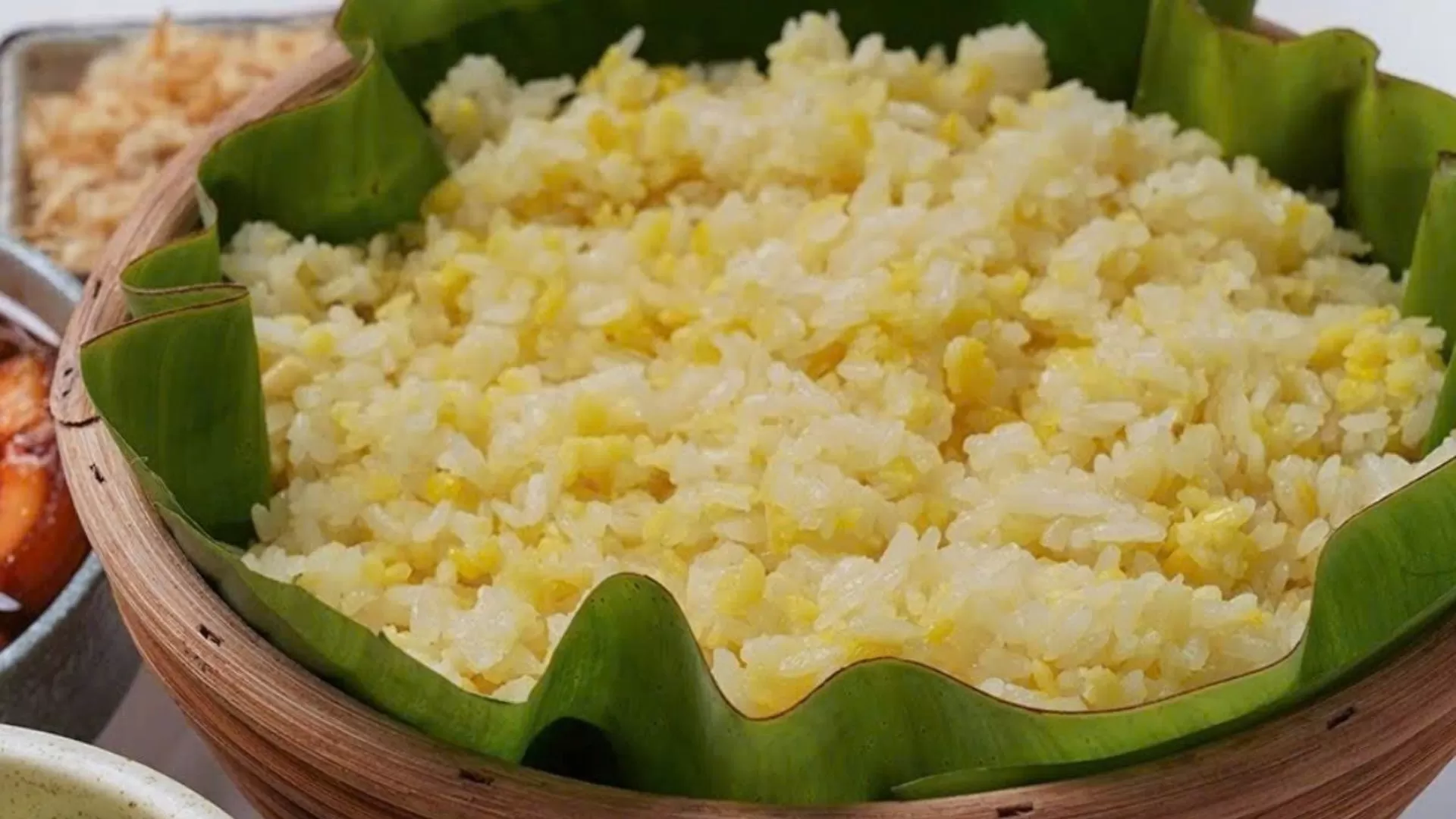
Always present in the New Year’s Eve offering tray, green bean sticky rice is one of the indispensable typical Tet cuisine in the Central region. The sticky rice is cooked with shelled green beans until sticky, when enjoying it you will feel the nutty taste of each green bean combined with the fragrant taste of the sticky rice.
No need to be fancy, green bean sticky rice is still “cleaned up” every Tet and spring season all over the Central region.
Salt-cured meat
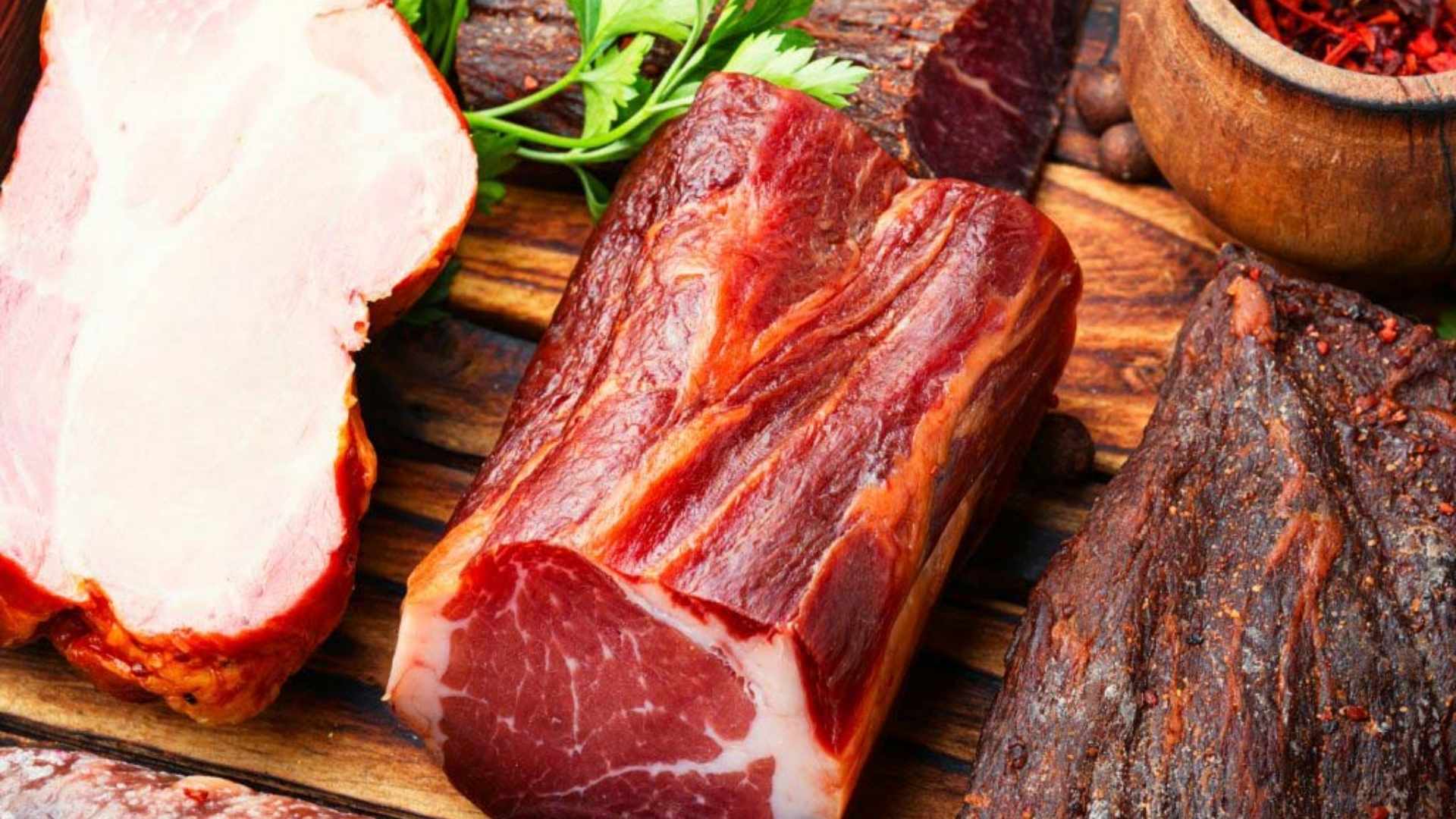
Salted-cured meat is a typical Tet cuisine in Central that people often make. Pork or beef is washed and soaked in pre-cooked fish sauce with garlic and chili. Leave for about a week for the meat to marinate, then take it out, slice it and enjoy. This meat cuisine is salty, sweet, and can be eaten with hot rice or rolled with rice paper, vermicelli, and raw vegetables, all of which are delicious.
Nem chua
Nem chua is also a popular typical Tet cuisine in the Central used to treat guests during Tet. This dish’s main ingredient is pork which is fully marinated with spices and wrapped in guava leaves or gooseberry leaves. After a few days, it can be taken out and eaten. Its taste is chewy, sour, moderately spicy due to chili, fragrant with garlic, people can eat it directly or grill it on charcoal, both are delicious.
Tre
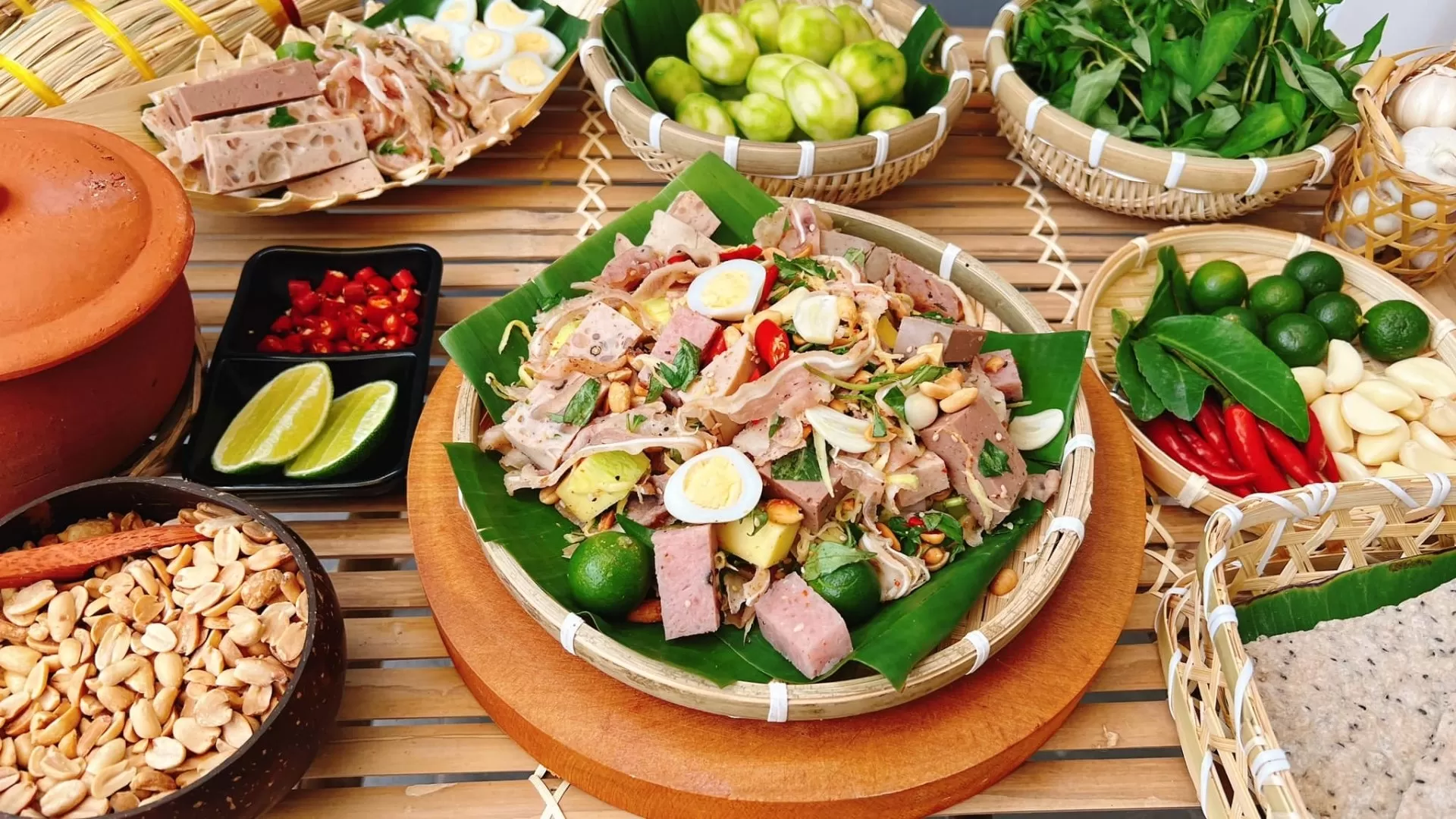
Tre is a traditional Tet cuisine from Central Vietnam that is indispensable on the festive table. Made from pork skin, pork head meat, and a mix of flavorful spices, tre offers a rich and distinctive taste. During Tet, this dish is not only a highlight of family meals but also a perfect choice to serve and entertain guests.
Beef roll
Beef roll is one of the most popular Tet cuisines in Central Vietnam, often present on festive trays and family gatherings. With its eye-catching pink-red color, this dish symbolizes luck and prosperity for the new year.
What makes beef roll truly special is its harmonious blend of flavors: a little salty, slightly sweet, crunchy and chewy in texture, combined with the warm spiciness and fragrance of black pepper. Carefully wrapped and prepared, beef roll is not only enjoyed during Tet meals but also chosen as a meaningful gift to share with relatives and friends.
You can also refer: Top 10 Central Vietnamese Cuisine Food Lovers Shouldn’t Miss
Best Tet cuisines in the South
The South of Vietnam offers a rich variety of Tet cuisines, each carrying its own flavor and meaning for the Lunar New Year. From delicious braised pork with eggs to pickled vegetables and sweet cakes, Southern Tet dishes reflect the warmth, abundance, and hospitality of the region, making every family feast more joyful and memorable.
Banh tet
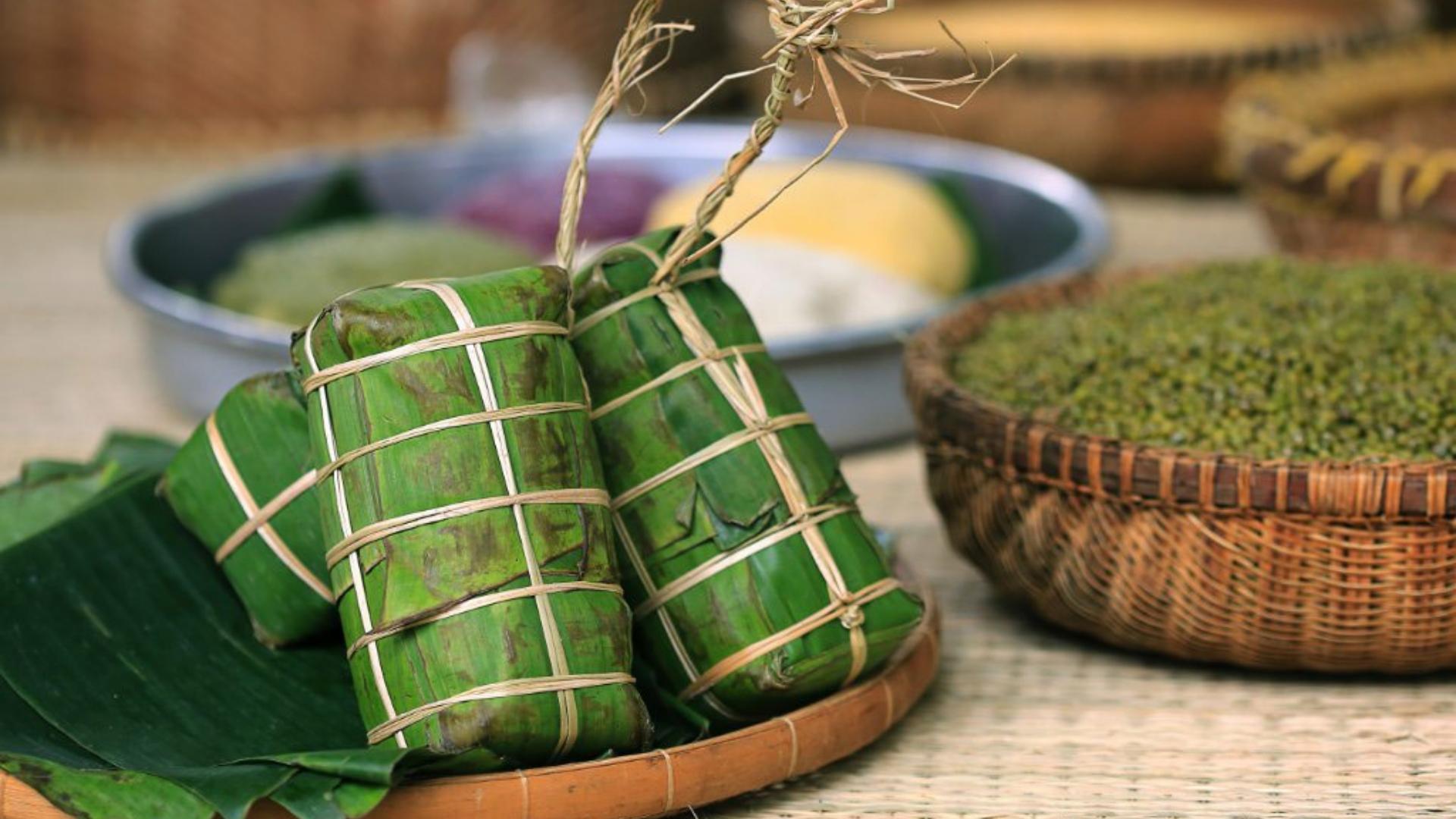
Banh tet in the South, unlike the Central region, is only monotonous with bean paste and meat. People also add many other ingredients such as sausage, salted eggs, etc. Not only that, banh tet with sweet filling has many versions such as cake filled with green beans, red beans, banana filling,…
Bitter melon soup
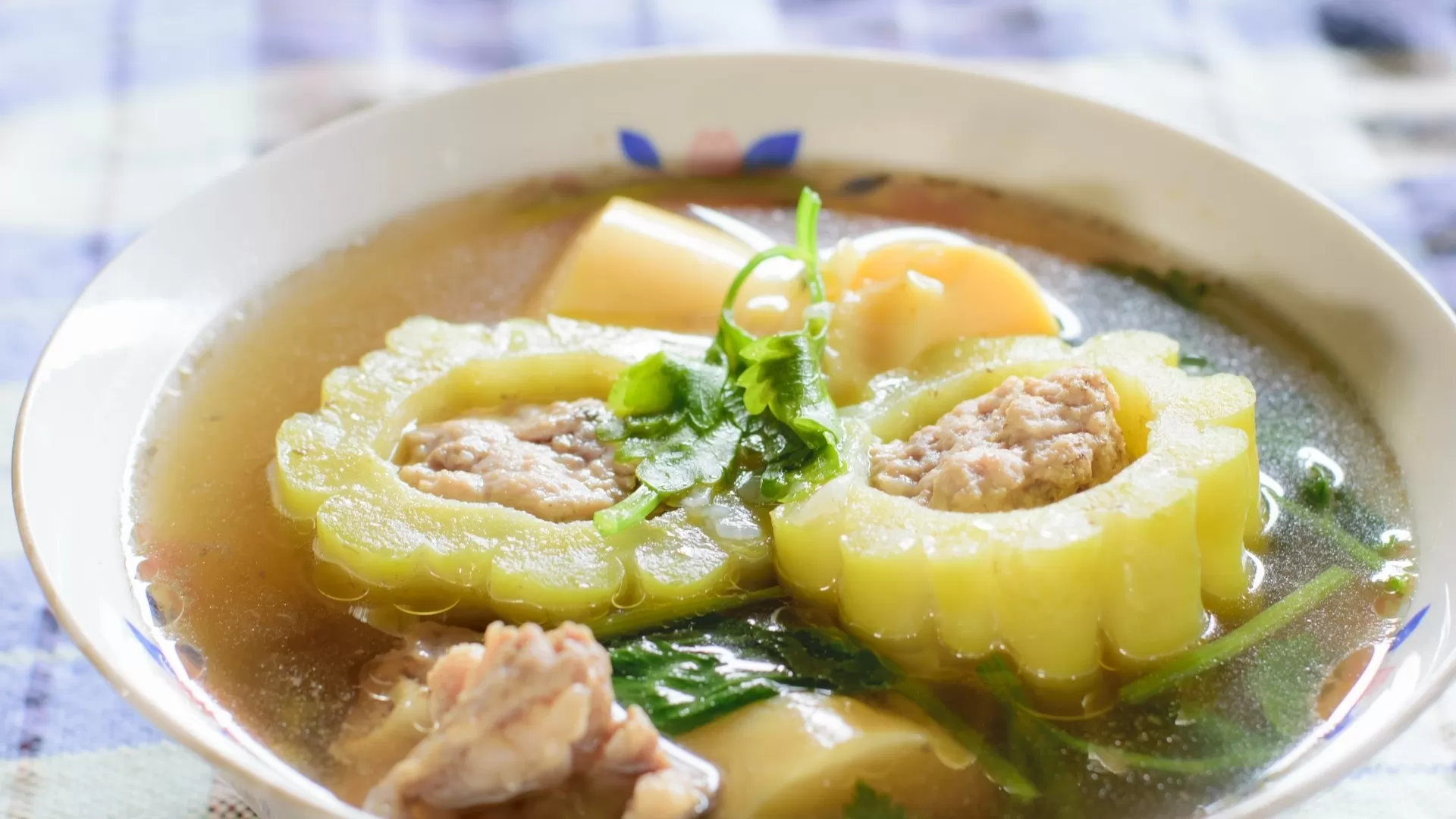
Bitter melon soup stuffed with meat is a popular typical cuisine in the daily meals of Southern cuisine. As a commonly used Tet cuisine, bitter melon soup stuffed with meat means wishing that difficulties will pass and good luck and success will come in the coming year. Besides, this dish is also very nutritious and has good cooling properties.
Braised meat
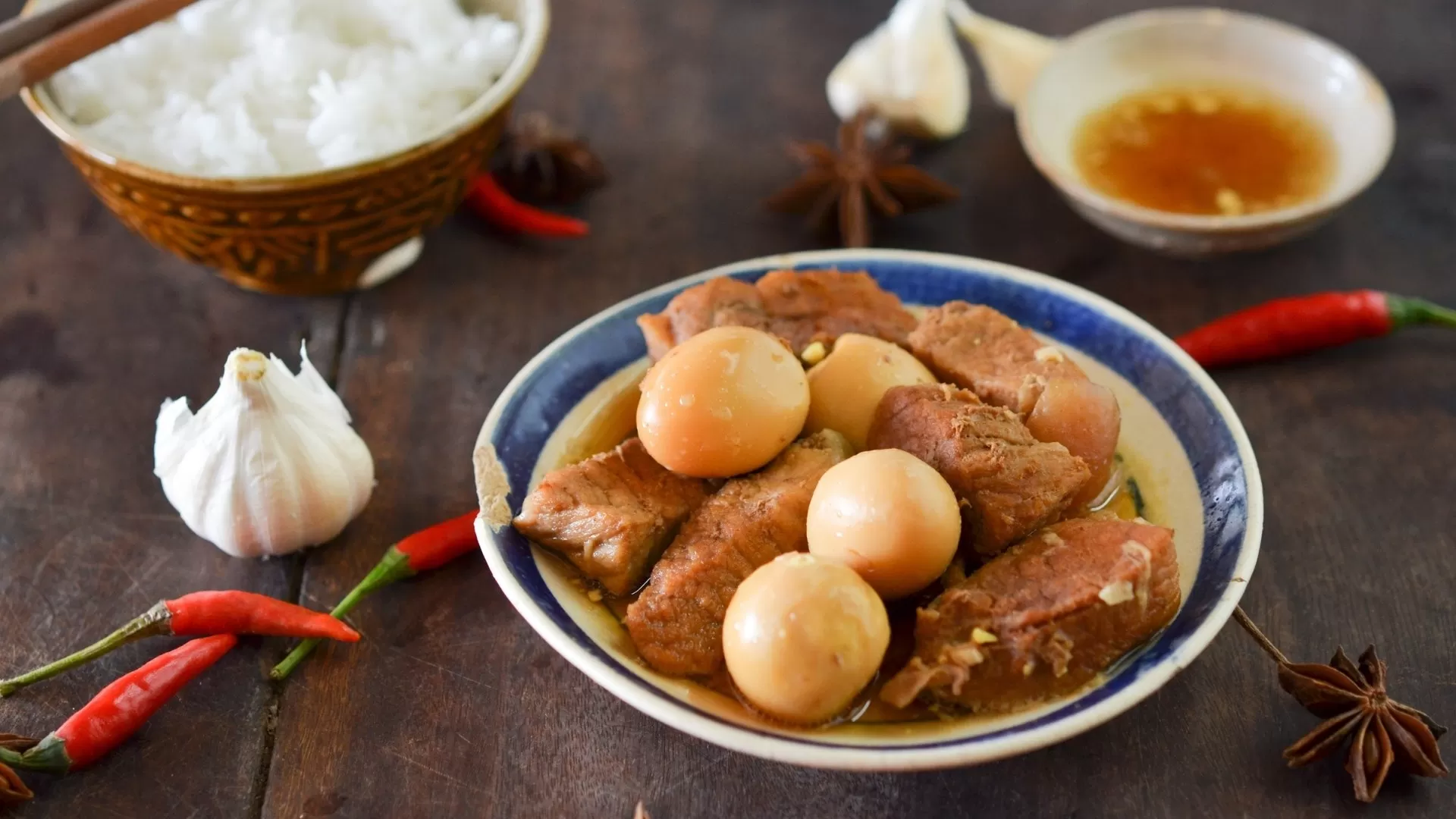
Among the countless typical Tet cuisines in the South, the most famous traditional dish, loved and made the most by Southerners is meat braised in coconut milk. Meat braised in coconut water also has many other names such as meat braised with duck seeds, meat braised with wine.
People often braise a large pot to eat gradually during the first days of the year. The strange thing is that the longer the pot is braised, the more absorbent the meat becomes, the tastier and more flavorful it becomes. You can eat meat braised in coconut water with rice and bean sprouts to avoid feeling satiated.
Lap xuong
One of the indispensable typical Tet cuisines in the South that appear in every family feast. There are many types of lap xuong such as dried, fresh, shrimp, fish, lean, etc. You can fry, boil, or grill the lap xuong, depending on your preference. Frying lap xuong with water (not oil) is both safe and delicious, and good for health, so many people use it.
Coconut jam
To celebrate Tet in the South, it is indispensable to have coconut jam with a delicious aroma. This is a Southern typical Tet cuisine that every home has. With different variations, coconut jam has many delicious flavors that Southerners often invite guests to enjoy during Tet holidays. The color and delicious taste make this dish easily conquer all guests who come to your house to have fun.
Best travel experiences to enjoy during Vietnam Tet holiday
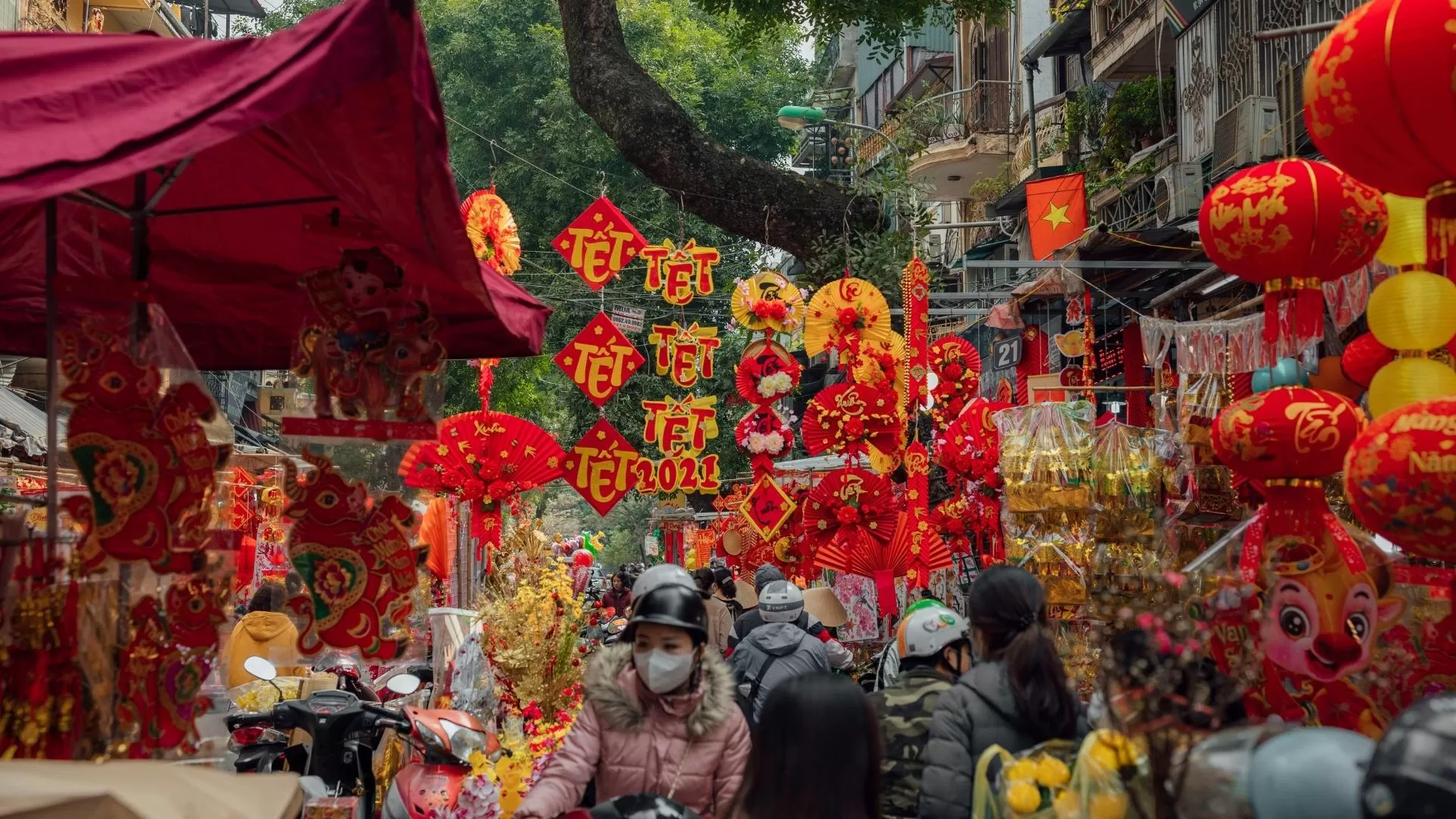
Beyond enjoying delicious Tet cuisine, Vietnam offers travelers unique cultural and festive experiences during the Lunar New Year. Enjoy these activities to fully immerse yourself in Vietnam culture and tradition
Visit flower markets – stroll through vibrant spring flower markets in Hanoi, Hue, and Ho Chi Minh City.
Watch lion dances and fireworks – enjoy lively performances and festive firework shows in major cities.
Go to temples and pagodas – pray for health, prosperity, and a successful new year.
Experience giving lucky money (lì xì) – join this meaningful tradition symbolizing luck and happiness.
Explore Tet markets – shop for traditional food, decorations, and souvenirs full of festive spirit.
Join family reunions and ancestral worship – discover how Vietnamese families celebrate and honor their ancestors.
These experiences, combined with regional Tet cuisines, make the Vietnam Tet holiday an unforgettable journey for any traveler.
Above are the Top 15 indispensable typical Tet cuisines of three regions that Hanoi Voyages has introduced to you. Whether it is the North, Central, or South, Vietnamese traditional Tet cuisine has a unique, harmonious, and familiar flavor. No matter what, those feasts represent the profound, sacred values of the culture and beliefs of the Vietnamese people. If you want to learn more about Northern Vietnamese cuisine, you can read our other articles.
Dream about your trip to Asia, in private
We are here to make it happen with youFREE QUOTE, WITHOUT OBLIGATION

